Some of them use bismuth, which is as weakly radioactive as it gets, but why? It's still a heavy metal and might be poisonous if parts of it shed off.
This is GRUB’s final warning before you dig too deep in the OS list. Never hold ⬇️ for more than 45 minutes. If you do, make sure you have punch tape with a bootloader available or you'll have to manually enter machine code instructions to get your computer back up.
surgeon
Really? The Hippocratic Oath originally included "I will not use the knife". A surgeon is very limited without a knife.
Edit: I read the thing and it basically says that doctors and surgeons are separate professions: doctors MUST take the oath while surgeons MUST NOT; this also prevents surgeons from obtaining medical knowledge unless they are a son (or presumably a daughter) of a doctor.
Because
- When the internet was rolling out, a decentralized, open, best-effort solution of TCP/IP thankfully won over telephone companies' centralized system proposal
- IPv6 is still not universal for some damn reason
- Onion addresses solve these problems but good luck getting everyone aboard with Tor
- You always trade anonymity for reachability, and with the amount of threats, NAT and firewalls have been put up to make it harder for unsolicited requests to reach you by default
I am not aware of any receipt printers using lasers - thermal printers have an array of resistors that get hot when necessary. I know how a laser printer works and it is hard to explain in 12 or so words. Inkjets are way easier, you can just say "squirt squirt oops". Anyway...
- A photosensitive drum gets a negative electrostatic charge.
- A laser shining through a rotating prism scans lines across the drum's surface. This removes charge from parts of the drum that should not be covered in toner.
- A high-voltage corona wire inside the toner reservoir charges an amount of toner positively.
- The charged drum rotates past the corona wire, getting covered in toner where its negative charge remains.
- Paper is pushed against the drum and the powdery toner is transferred to it.
- The paper continues into a fuser, a little oven where a heating element briefly makes the toner so hot that it melts, its powder particles making a permanent bond among themselves and with the paper. (The heater is usually stationary and heats the paper from below. The fuser drum that pushes paper against the heater can get sticky and pick up some of the toner, making images repeat down the page. This is the most common failure mode that cannot be resolved through regular maintenance such as replacing the toner cartridge and printing cleaning pages. However, almost all laser printers have a cheap fuser module or its drum available so it is usually worth replacing.)
Time travel is a prerequisite but don't worry, you can just
from __future__ import antigravity
Laser printers more accurately "bake paper so that number powder sticks to it"
Here is the auto-generated transcript (for research purposes only)
oh isn't it a beautiful day how cutie
the sun's bright the birds are singing
nicely it's a good as day as any to go
and touch
grass yeah I I know I know um it's
important though I need to go to the
store it's been a while and you know
replenish the
pantry um it'll be okay though I promise
I'll be back soon it shouldn't take too
long and no no you don't you please
don't come with me I can touch enough
grass for the both of us and I promise
I'll be back soon okay nothing bad's
going to
happen but in case I don't come back
please feed
mocha and take care of her for
me
no I've got to go now before I check it
out I'll I'll see you later okay you
just stay nice and safe inside
okay good
cutie all right that was easy got
everything I need yeah okay I've got to
hurry home now uh I've probably got to
switch out the cuties
bandages maybe we refill the ice pack
and ah goodness oh I didn't see that
puddle it was surprisingly deep and now
my boots are
muddy that's okay though once I get home
I can wipe them huh holy goodness
gracious why is no one watching where
they're going right now I almost dropped
the eggs all right well that's okay
anyways it's that a car please bra
out think I'm okay oh no not another one
the in my
ankles no please stop this way please no
happens I need to get
home if I can make it
home
If you look at the collection, it is apparent that they often group unrelated clipart into one picture. Therefore, the four icons, the penguin, the bow and the "comic" panel are likely completely irrelevant to each other. Despite being bundled with DOS software, the monochrome pictures are likely best suited for the Mac's high-res monochrome screen, and many seem to have been made by Mac fans mocking PC users in comics like these. They would hot have known about Tux the Linux penguin back then so it's a generic penguin that does not represent Linux (but appears next to a robotic Mac in one picture??)

As for how the comic is supposed to be funny, I'd guess that the point is how difficult setting up a PC used to be(?) No idea if the thought bubble with the pirate is relevant but it is in a dithered area, meaning it's likely not meant to be cut and pasted elsewhere.
I don't think we have a community like r/AltBoobWorld (NSFW) in the Fediverse. Surprisingly wholesome.
Maybe someone should contact their moderators and get them to join lemmynsfw.com – they partook in the API protest, after all.
Now you can have fun while playing Modern Warfare 2







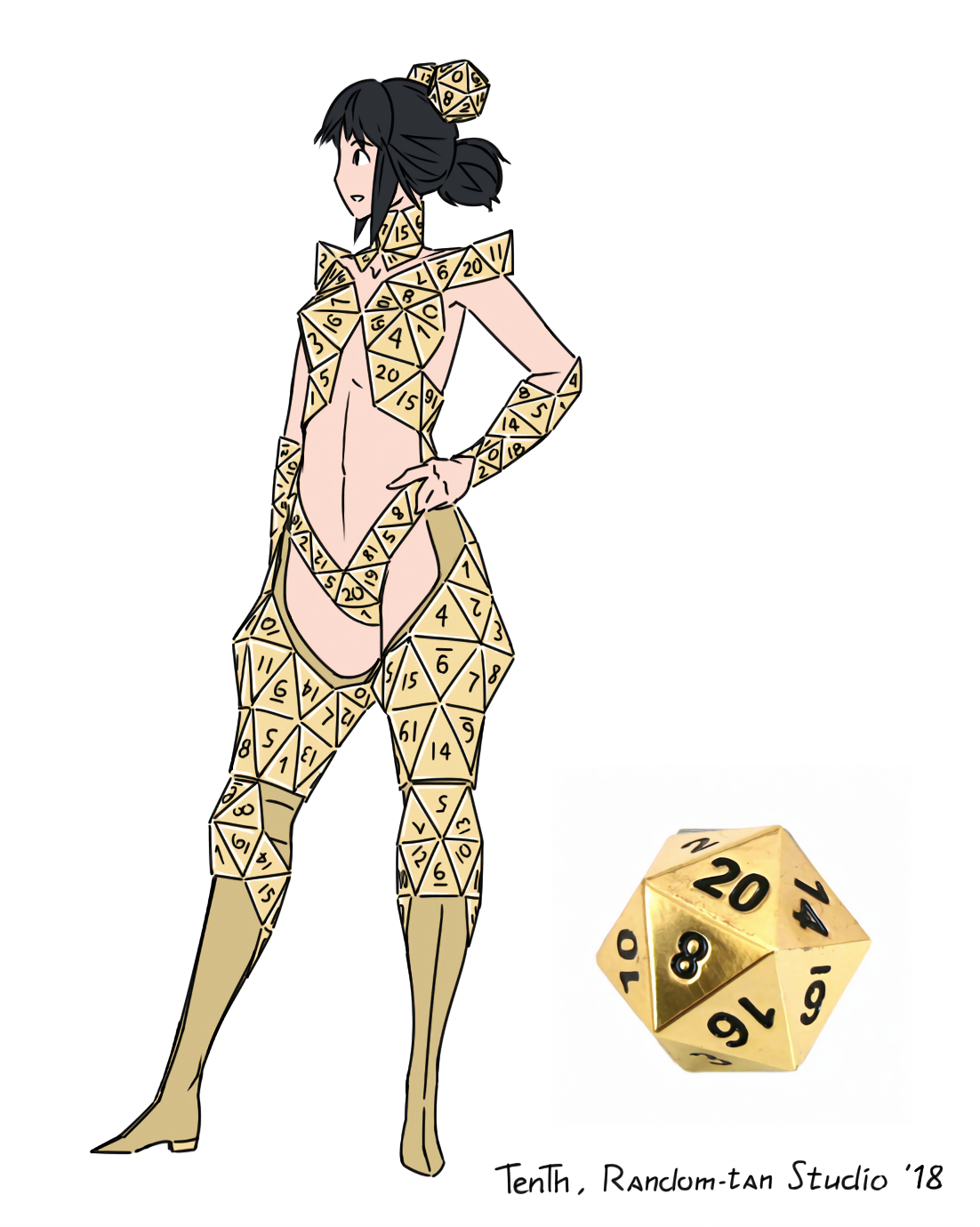
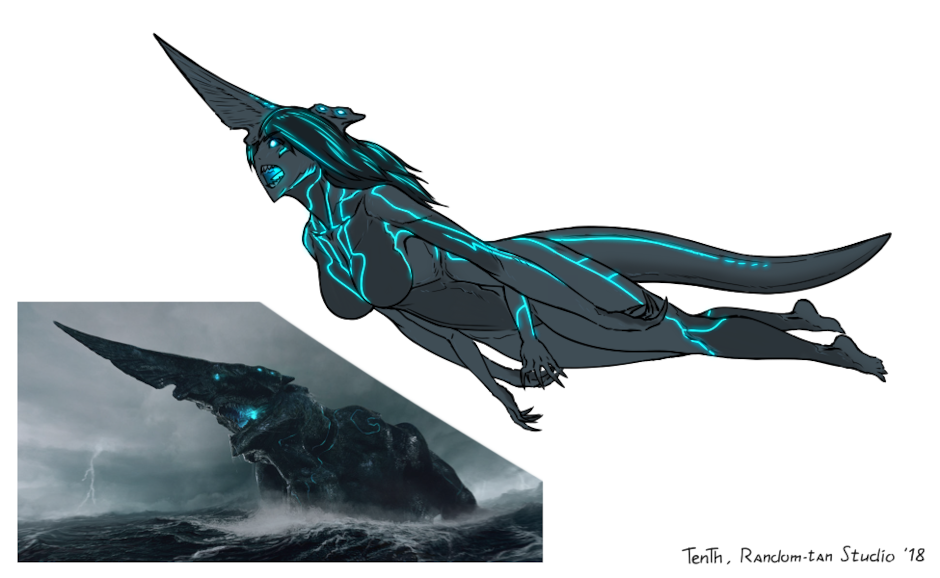
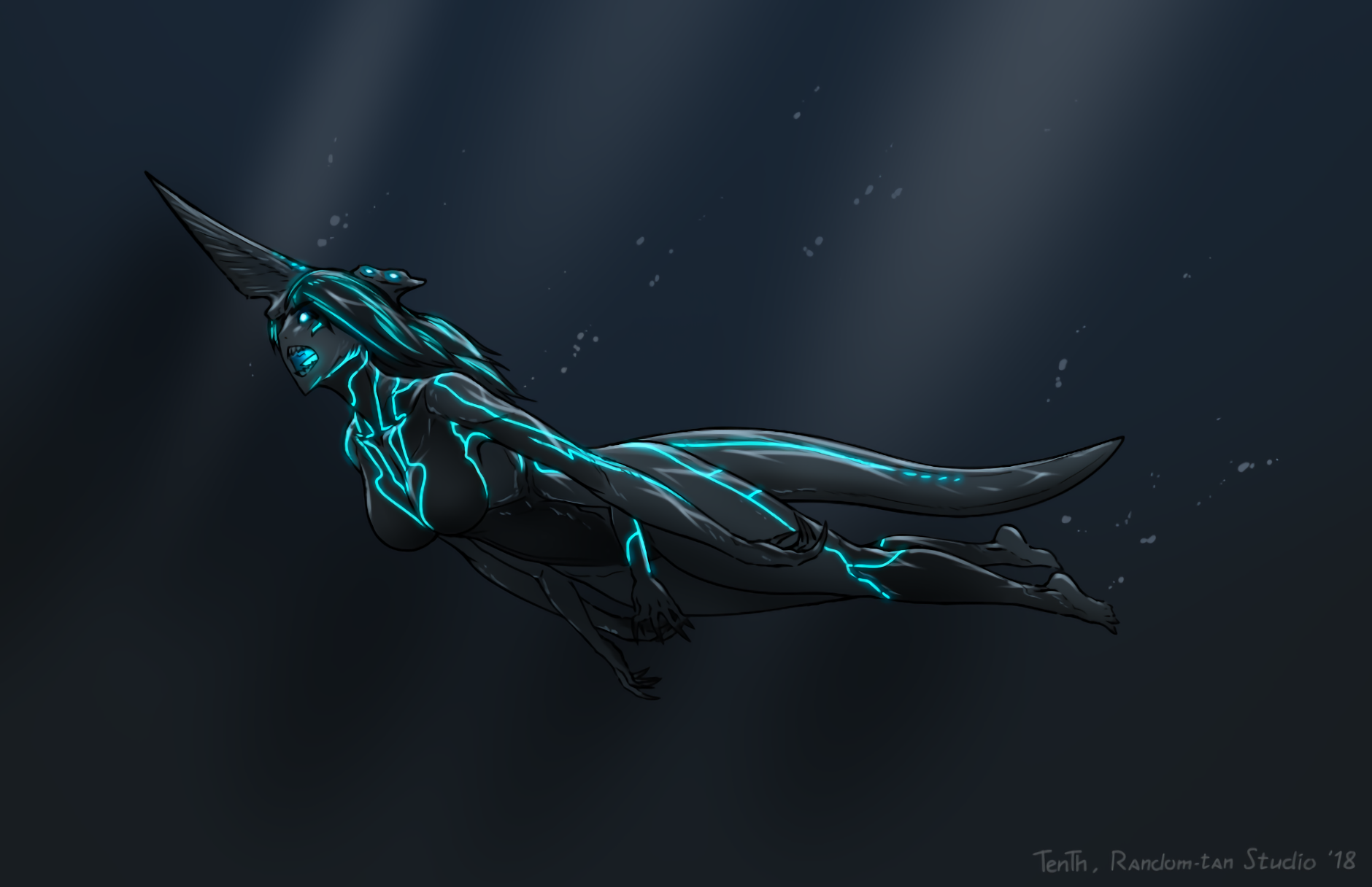
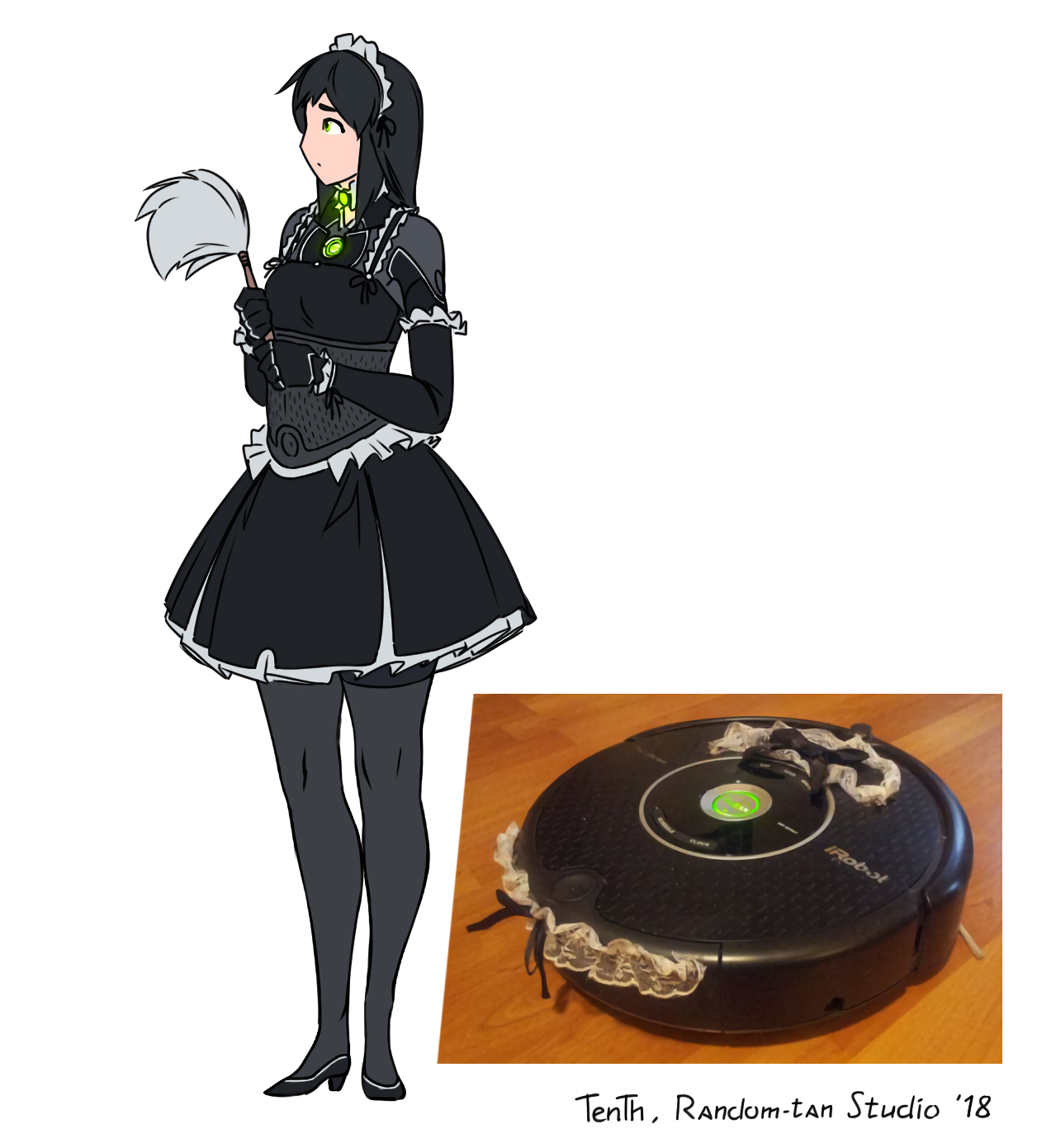
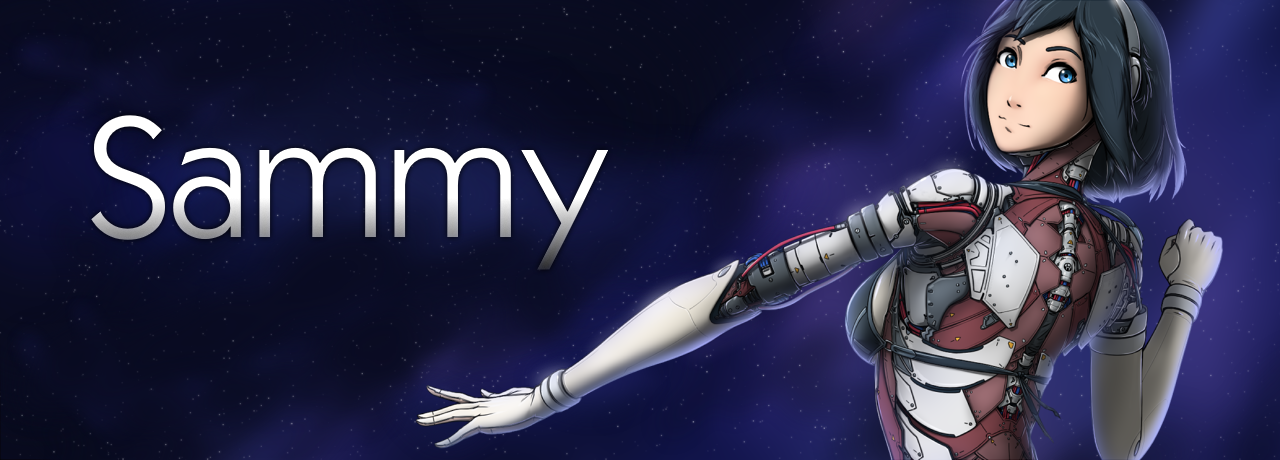
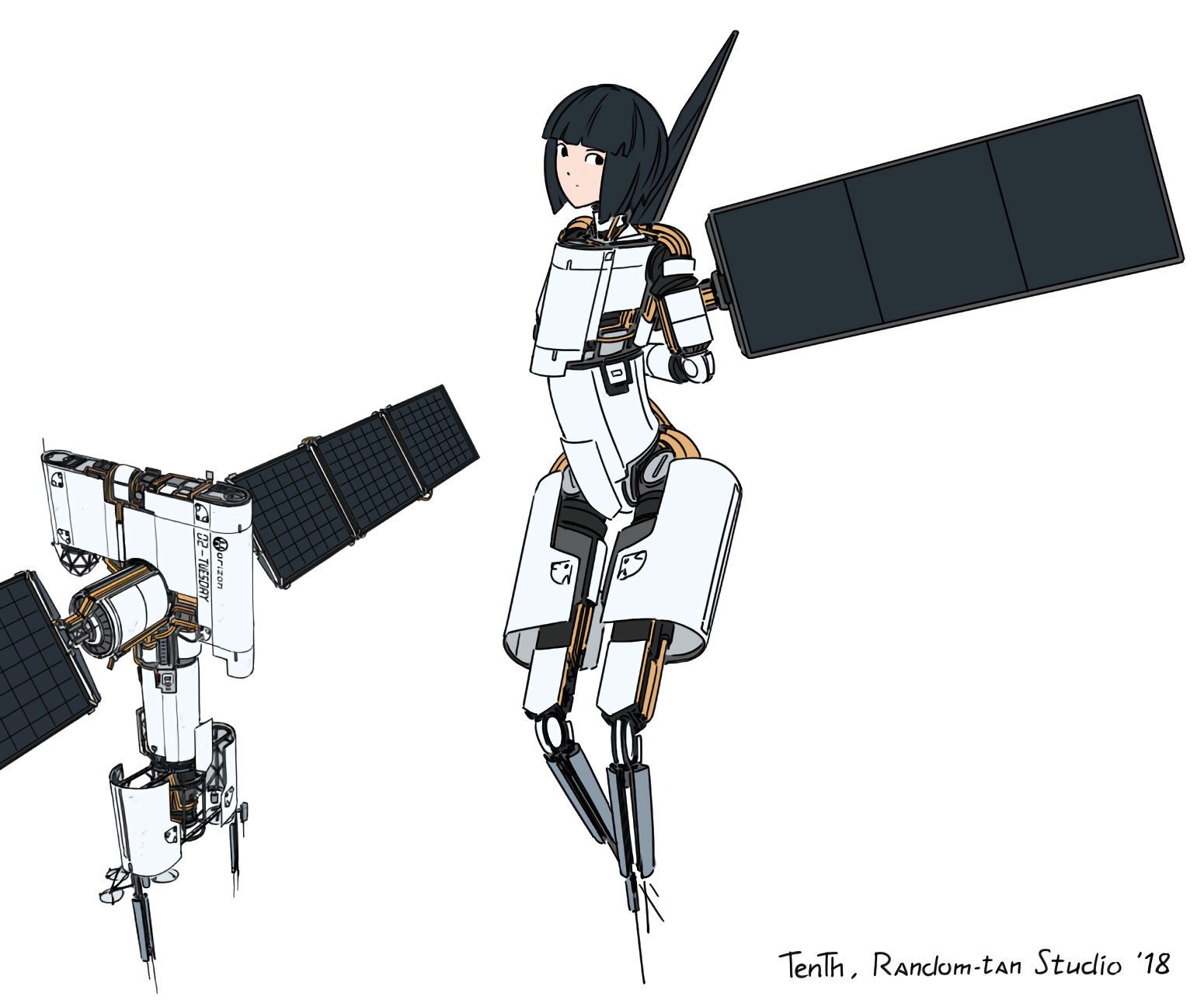
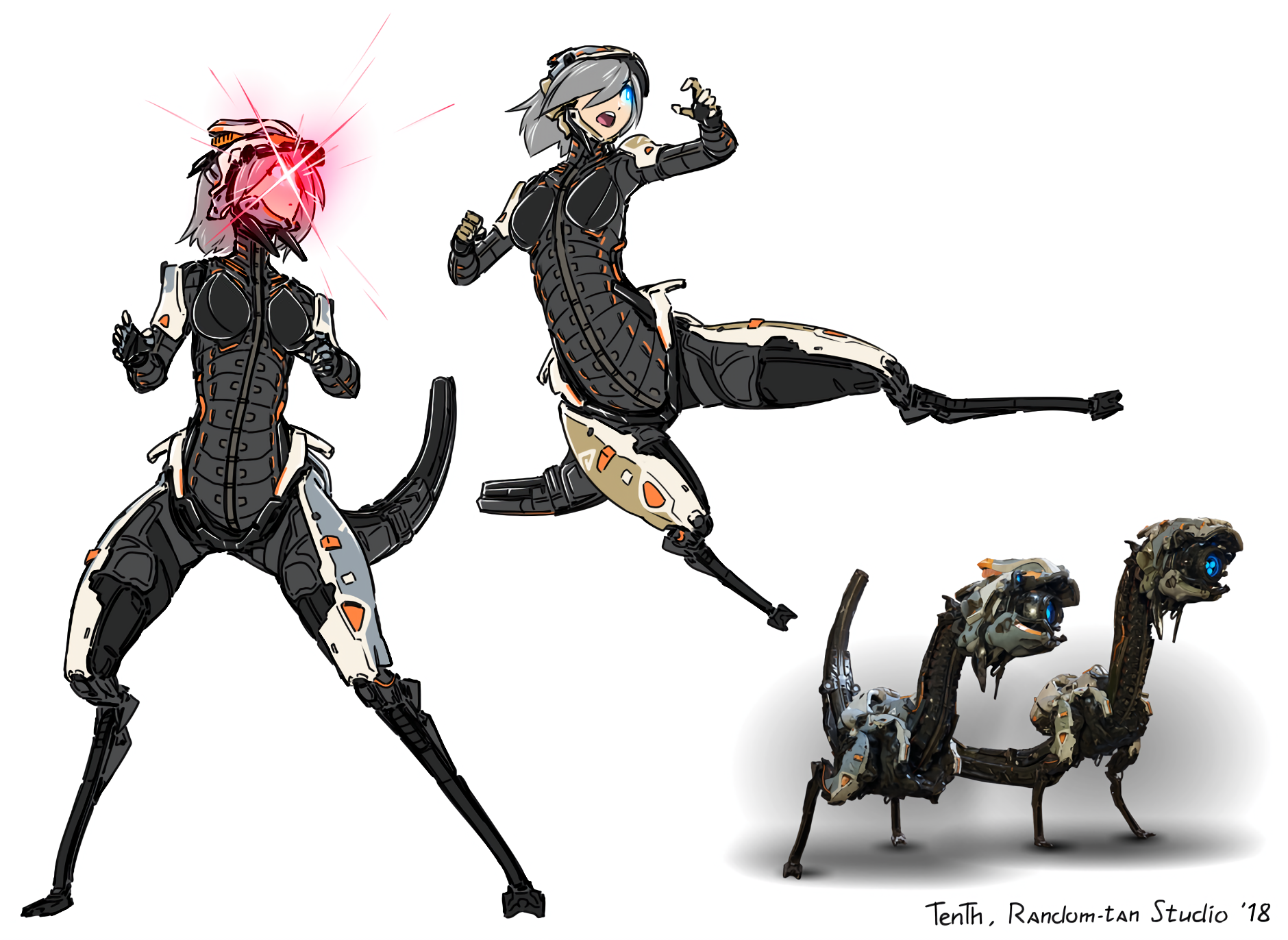
TIL gazebos can live and work in different places